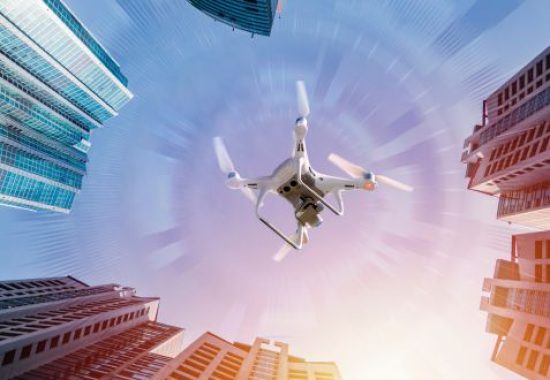
It’s important to choose the right drone payload to maximize your drone’s performance and utilise your device in the best way possible for your business. Drone payloads often comprise cameras, sensors, and additional equipment that may be used for surveying or agriculture.
Here are some of the most important factors to consider when you’re choosing a suitable drone payload, whether you’re in the agriculture, surveying, or lidar mapping industries.
The weight of a drone significantly impacts how quickly it can fly and how much energy it requires to do so. Your chosen payload will add weight to your drone, and this is something you need to consider, as a larger, heavier payload will slow the drone and increase its energy usage and flight times.
Choosing a payload with a reasonable weight for your drone and its intended uses is, therefore, key to getting the most out of your device.
You will need to consider the main purpose of your drone in order to identify the most suitable payload. Different uses of drones often require different payloads.
Generally, using a drone to generate aerial photos and videos will require a high-resolution camera and lens alongside a stabilizing gimbal. For mapping purposes, you’ll need a camera with the ability to detect heat and all spectrums of light.
If you’re using a drone for agricultural purposes, you will need a payload that can handle high-resolution cameras with sensors so you can monitor the health and growth of your crops or for security on a construction site to enable clear visualization of every area of the site.
The quality of the material used to build a payload is an essential factor to consider. For a payload that will last years of extensive use, you’ll need to choose high-quality, durable materials that can withstand various temperatures, humidities, and weather conditions.
When using a payload for mapping, photography, or videography, you will need to consider the data processing capabilities of your chosen payload. It must provide data in a high enough resolution and in a format compatible with your software.
Finding a payload with real-time data transmission will be helpful when you want to gain detailed data about a particular area that you’re surveying, monitoring, or inspecting.
Another factor you may wish to consider when choosing a suitable payload for your drone is the local and national regulations. Certain payloads and associated equipment may fall under various laws and regulations that you must abide by when using them.
A common example is thermal cameras. Many areas have restrictions on the use of thermal cameras on drones in residential areas. To avoid legal issues, you will need to ensure you comply with regulations when identifying the best drone payload.
Not all payloads are compatible with every drone, so you’ll need to make sure you find units that work together. For example, your chosen payload’s energy requirements and your drone’s power supply must match to fly your drone efficiently.